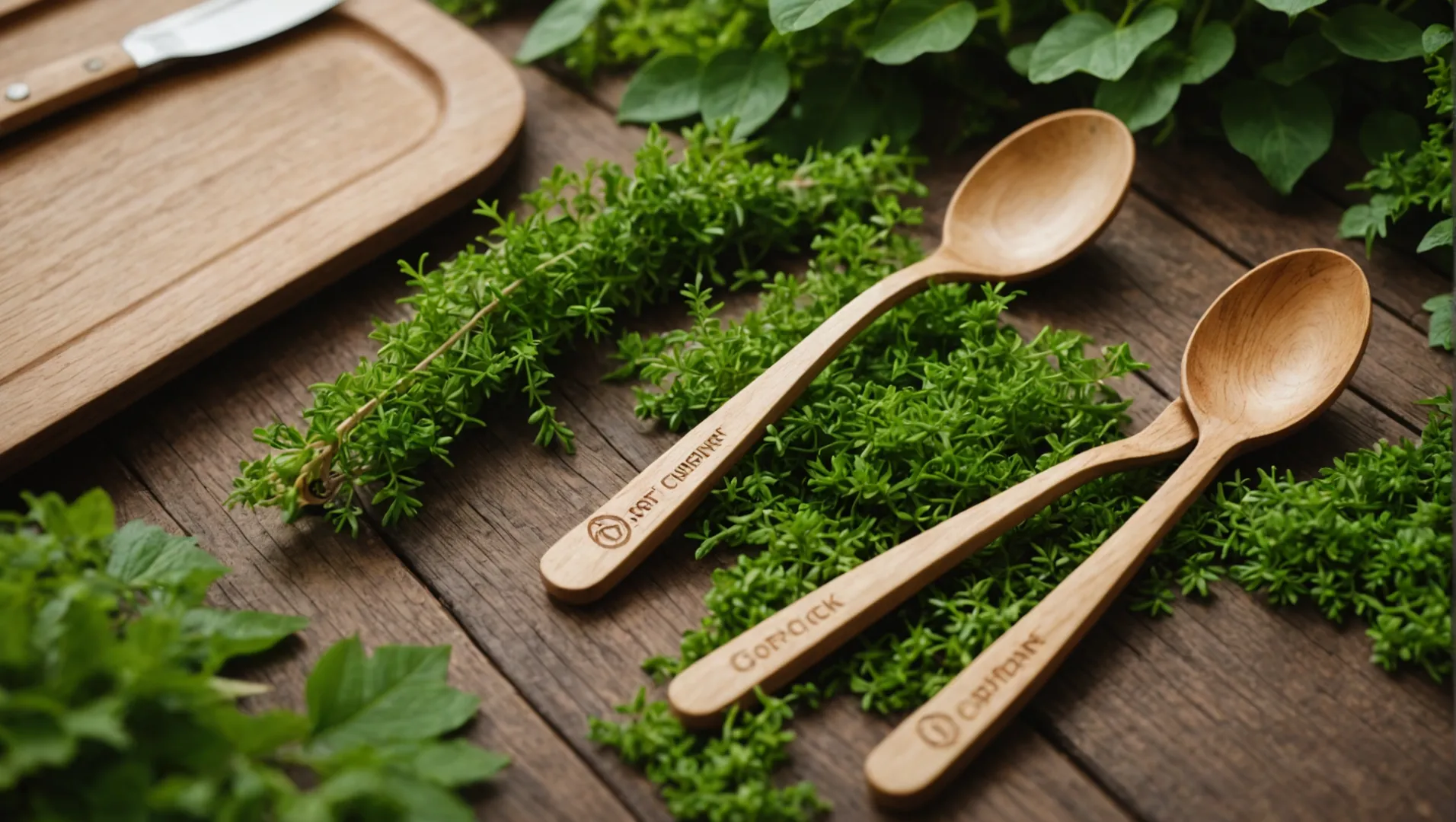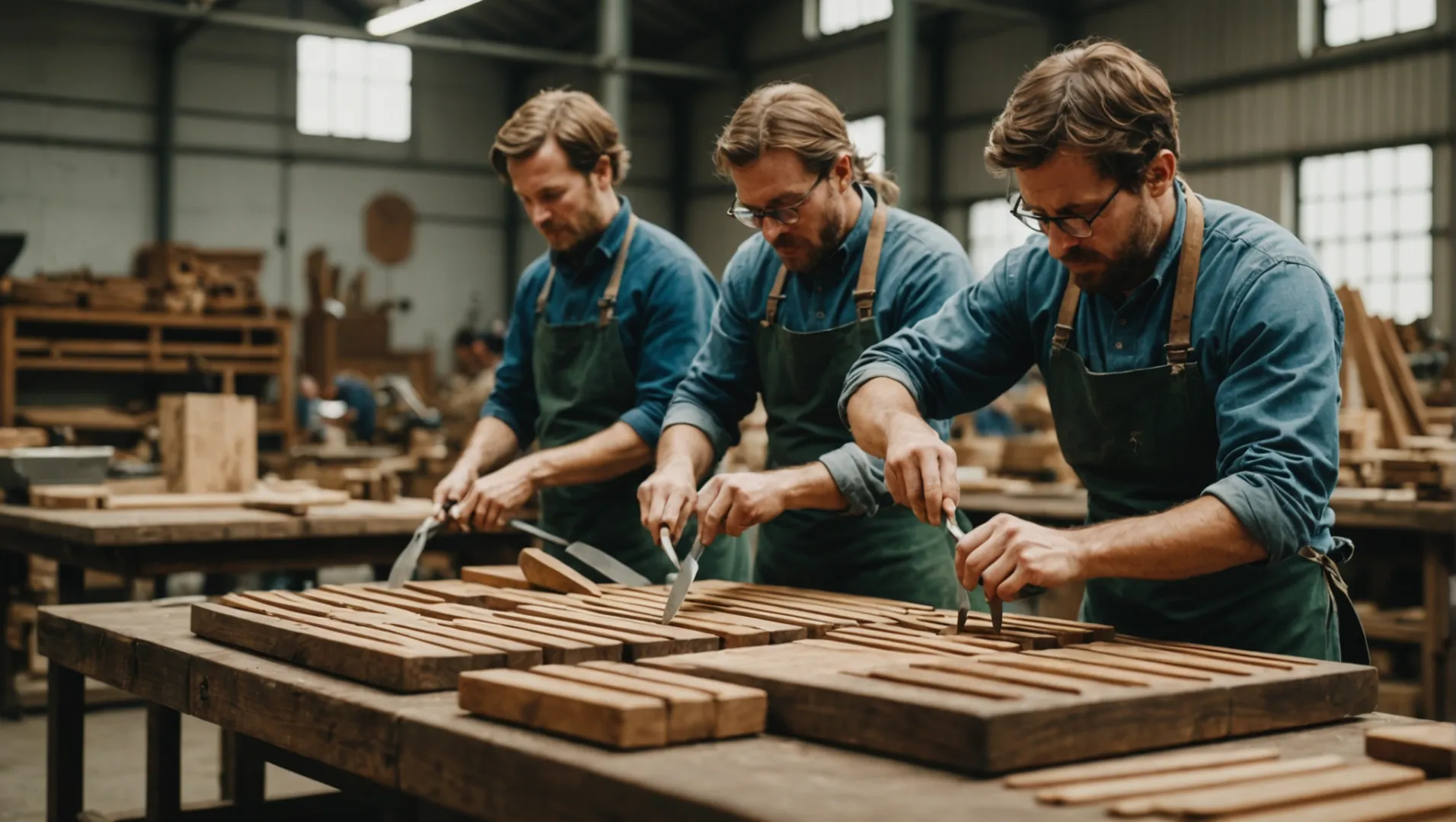In recent years, the push toward sustainability has led businesses and consumers to reconsider the environmental impact of their everyday choices. One of the most significant changes lies in the shift from single-use plastic cutlery to eco-friendly alternatives like wooden cutlery. Wooden cutlery, crafted from natural, renewable resources, offers a sustainable solution to reducing carbon emissions and minimizing waste.
In this blog, we’ll explore how wooden cutlery contributes to carbon footprint reduction and why it is a crucial step in the journey toward a greener future.

The Environmental Cost of Single-Use Plastic Cutlery
Plastic cutlery, though convenient, poses immense environmental risks. Made from petroleum-based materials, it requires substantial energy and resources to produce. Additionally, it takes hundreds of years to decompose, contributing to pollution and greenhouse gas emissions during its production and disposal.
Switching to wooden cutlery can mitigate these impacts, as it is biodegradable, renewable, and often produced from sustainably sourced wood.
How Wooden Cutlery Reduces Carbon Footprint
- Sustainable Raw Materials
Wooden cutlery is made from renewable sources such as birch, bamboo, or other sustainably harvested woods. Unlike petroleum-based plastics, these materials regenerate quickly, reducing the need for non-renewable resources. - Lower Manufacturing Emissions
The production of wooden cutlery generates fewer greenhouse gas emissions compared to plastic. Wood processing requires less energy, and many manufacturers adopt energy-efficient methods to further minimize their carbon footprint. - Biodegradability
Unlike plastic, wooden cutlery decomposes naturally in a short period, leaving no toxic residue. This eliminates the methane emissions associated with plastic waste in landfills. - Carbon Sequestration
Trees absorb carbon dioxide during their growth, effectively offsetting some of the emissions from manufacturing wooden products. By choosing wooden cutlery, we support industries that rely on sustainable forestry practices. - Compostable Nature
Wooden cutlery can be composted, enriching the soil instead of contributing to landfill waste. This closed-loop lifecycle drastically reduces the carbon emissions associated with disposal.
Why Businesses Should Transition to Wooden Cutlery
- Meeting Consumer Demand for Sustainability
Consumers increasingly favor brands that prioritize eco-friendly practices. Offering wooden cutlery can enhance your business’s reputation and align with customer values. - Compliance with Regulations
Governments worldwide are implementing bans on single-use plastics. Transitioning to wooden cutlery ensures compliance with these regulations while staying ahead of market trends. - Cost-Effective Long-Term Solution
While wooden cutlery might have a higher upfront cost than plastic, its long-term benefits in reducing environmental impact and aligning with sustainable goals make it a worthwhile investment.

How Stuti Exim Supports Your Sustainability Goals
At Stuti Exim, we specialize in providing high-quality biodegradable tableware, including wooden cutlery crafted with sustainability in mind. Our products are designed to help businesses and consumers reduce their carbon footprint without compromising on quality or usability.
Explore our range of eco-friendly solutions, perfect for cafes, restaurants, and businesses aiming to make a positive environmental impact.